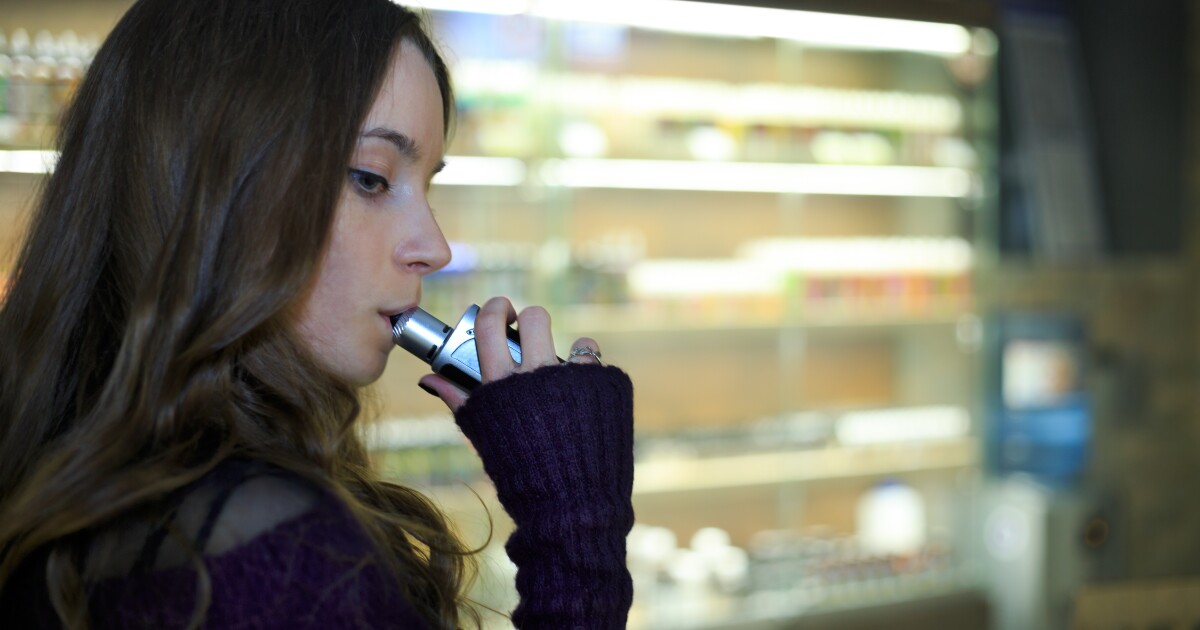

The Food and Drug Administration issued a warning Wednesday telling e-cigarette manufacturers to stop marketing products toward youth.
The agency sent warning letters to 15 companies selling the products, some of which resemble Nickelodeon’s SpongeBob SquarePants, iconic Nintendo video game character Mario, Nintendo handheld game console Game Boy, and stuffed bears, as well as school supplies like highlighters and water bottles.
BACK TO SCHOOL: PARENTS SEE INFLATION EASE ON CERTAIN ITEMS AS PRICES RISE ON OTHERS
Calling them “illegal products,” the FDA is also looking to bring the products to the attention of parents, teachers, and “other adults headed into the new school year.”
It recently launched the Vaping Prevention and Education Resource Center for resources and prevention materials.
“The design of these products is a shamelessly egregious attempt to target kids,” FDA Center for Tobacco Products Director Brian King said in a press release. “It’s a tough sell that adults using e-cigarettes to transition away from cigarettes need them to look like SpongeBob in order to do so successfully.”
FDA has given the companies 15 days to respond with a plan of action detailing how they will correct their violation as well as how they will prevent violations in the future. If they do not comply, companies could be subject to an injunction, seizure, and civil money penalties.
“CTP will continue to closely monitor all those in the supply chain, including retailers, for compliance with federal law,” CTP Director of the Office of Compliance and Enforcement Ann Simoneau said. “As always, we will hold anyone accountable that sells unauthorized tobacco products labeled, advertised, and/or designed to encourage use by our nation’s youth.”
The warnings come after an Aug. 14 study found no difference between youth e-cigarette consumption from before and after the FDA started regulating sweet-flavored cartridges in 2020.
CLICK HERE TO READ MORE FROM THE WASHINGTON EXAMINER
Roughly 84% of teens who used the sweet-flavored cartridges in 2019 continued to use e-cigarettes in some form in 2021 after the ban was put in place. In addition, 7% of teens who did not report using e-cigarettes in 2019 started using them by 2021.
“Most youth who initiated or continued e-cigarette use in 2021 used flavor/device combinations that were excluded from CTP’s enforcement priorities,” the study said. “Restrictions and enforcement efforts that only cover a subset of products may be ineffective at preventing youth flavored e-cigarette use.”





